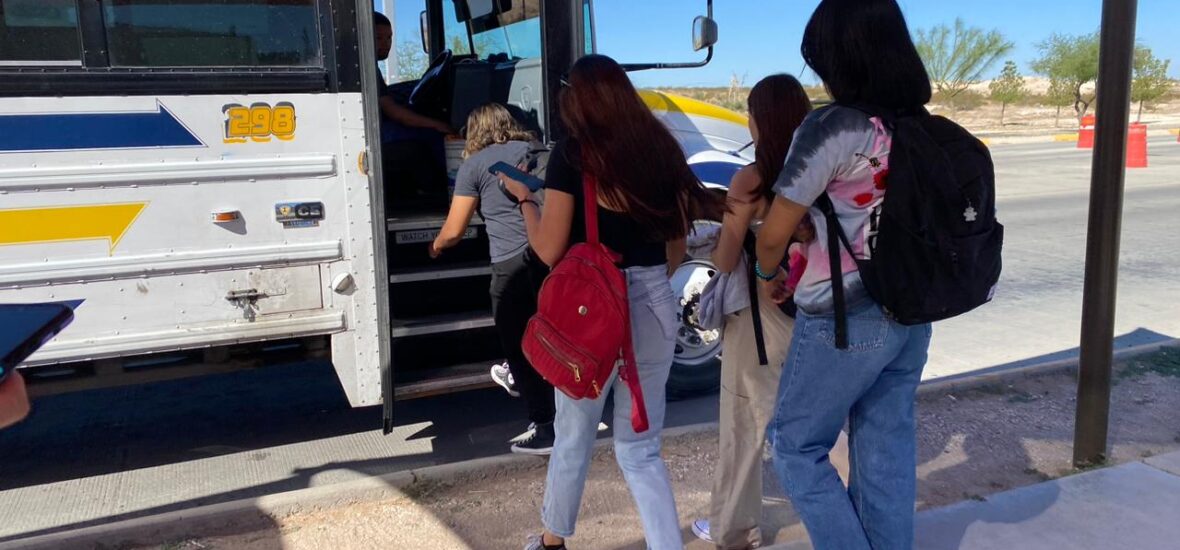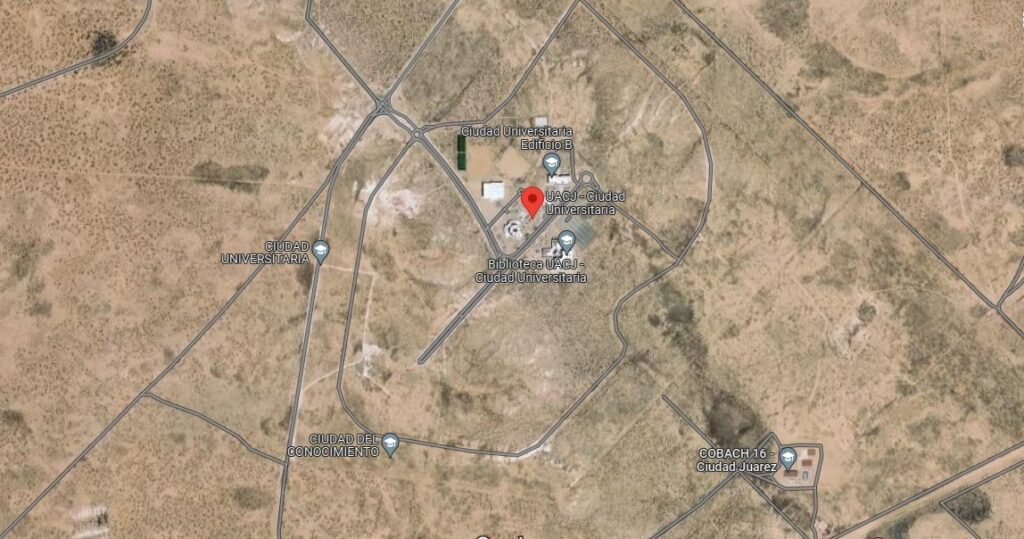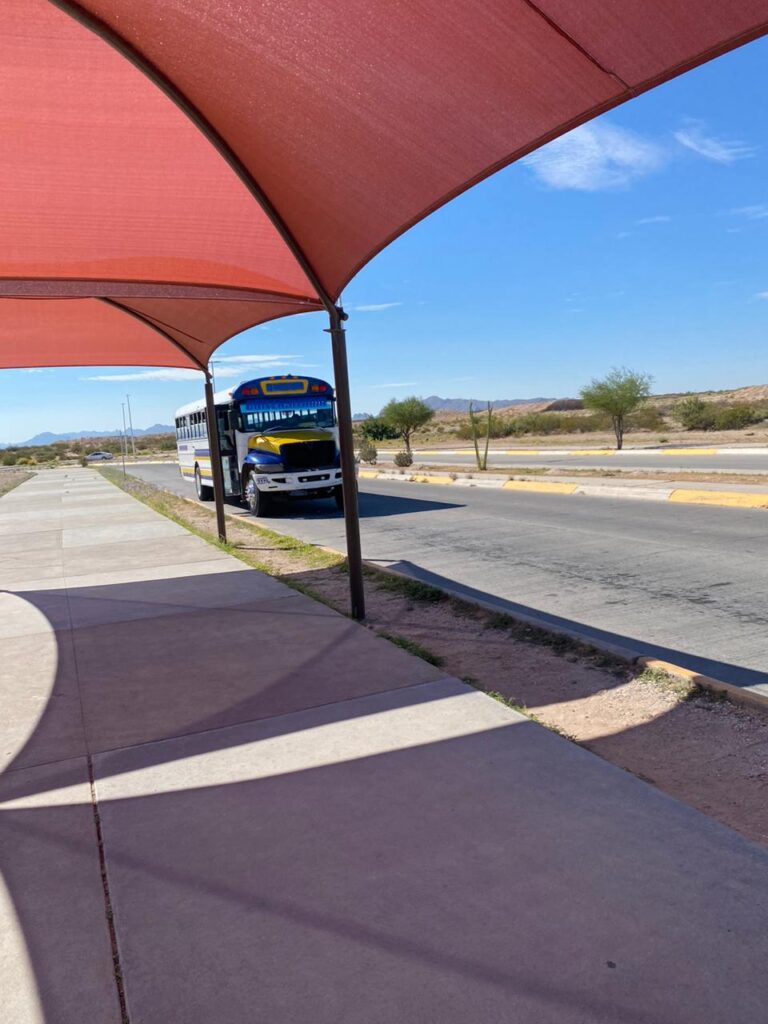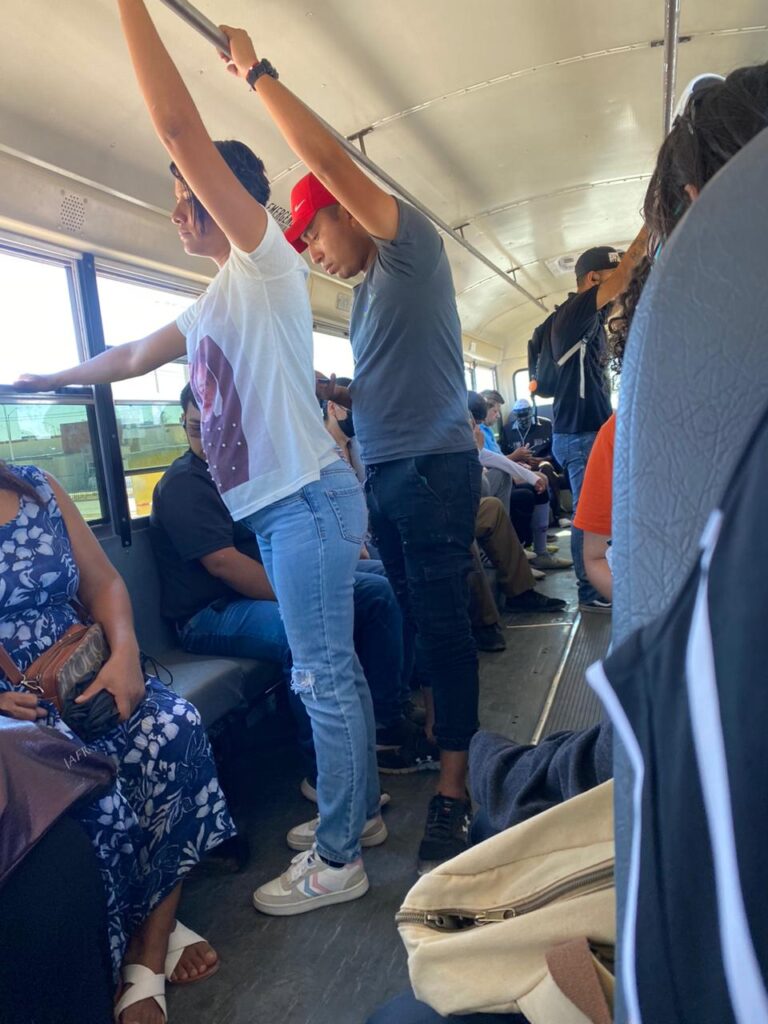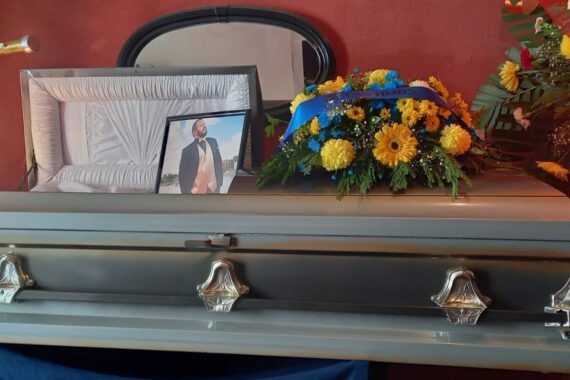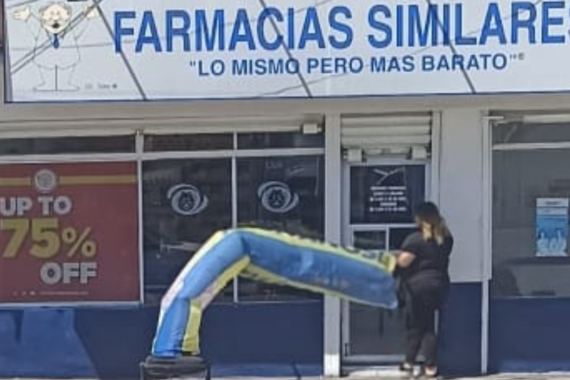Translated by Jesús Ronquillo / Circuito Frontera
The lack of public transportation units for many students who use this means to get to the Ciudad Universitaria campus of the Universidad Autónoma de Ciudad Juárez (UACJ), can sometimes result in waiting up to 30 minutes in a subdivision in the southeast of the city.
Click here for the Spanish version
This is due to the fact that it is common for drivers to refuse to go to the UACJ institute if only a few students are on board, leaving the passengers in the last subdivision.
This means that students must wait between 20 and 30 minutes for another bus to arrive and take them to the university campus, which consequently makes them late for their classes, said Melanie González, a 22-year-old eighth-semester psychology student.
The situation is a challenge for hundreds of university students, because although the UACJ received more than eight thousand new students this academic year, at least 1,800 must go to the campus located in the southeast of the city, better known as Ciudad Universitaria.
In order to get to this space, located outside the urban area, most of them use public transportation as an essential part of their daily life as students. However, only two bus lines reach the institute: the Universitaria and the Express.
According to the Socioeconomic Radiography 2022-2023 of Ciudad Juárez, conducted by the Municipal Institute of Research and Planning (IMIP), according to data from the Population and Housing Census of INEGI 2020, at least 13.9 percent of the population uses public transportation to go to educational centers.
Also, 45.6 percent take between 15 and 30 minutes to get to their destination, and 30 percent take up to an hour to get to their destination.
Not to mention that at the beginning of April there was an increase of 4 pesos for the border routes, going from 8 to 12 pesos and 2 pesos for the ViveBús or BRT units, whose cost changes from 8 to 10 pesos.
The above, after an increase was approved by the Consultative Council of Ciudad Juarez, through a consensus in the facilities of the offices of the State Government, on the increase in the cost of public transportation fares, which was applied the same rate for the 67 municipalities of the entity.
Melanie said that for four years she has used a bus from the “Universitaria” line to access CU, as well as to take a waiting unit on Talamás Camandari Avenue.
So her experience can be a journey full of ups and downs, ranging from the struggle to get to her classes on time to the pleasant surprise of improved bus facilities.
“I regularly get on the bus and say ‘good afternoon’ and they answer me the same way, but before I used to see rude drivers, although now I don’t notice it so much, as they are very calm”, she said.
When talking about improvements, Melanie also highlighted that public transportation facilities have undergone notable improvements, such as now having more seats and signs have been installed that emphasize important rules, such as “no smoking” or “no alcoholic beverages on board”.
Another student who shares her experience on public transportation to CU is Jackeline Delgado, also 22 years old and a ninth semester law student.
Like Melanie, this young woman has been taking the Universitaria route to take classes for four years, waiting on Avenida de Las Torres and facing a 45-minute ride to get to the university.
Jackeline shared that fortunately she has never faced unpleasant situations, other than standing still for a long ride.
Although she pointed out that her main concern lies in the discomfort of traveling in overloaded buses, as drivers very often continue to allow passengers to board, even when the vehicle is full.
“Fortunately, I have never had to suffer harassment on a bus, nor any other unpleasant experience such as an assault, I have always done well on the trucks (…) Suddenly they drive something ugly or go very rough (the drivers), but nothing exaggerated. Nothing out of order. I could say that my experience in the trucks has been good”, he said.
On the other hand, José Acosta, one of the public transportation drivers that goes to the UACJ institute, explained that, particularly in his case, getting to Ciudad Unidad is a necessity.
The driver indicated that this location is crucial, since the station is nearby, as it is there where he has to load diesel as fuel for the bus.
Although he said that for many drivers it is not profitable to get to the university campus, due to the costs associated with this route.
“There are times when one or two students go and sometimes it is not convenient to take them there… it is not convenient to go back, since it is too expensive to go up”, he mentioned.





